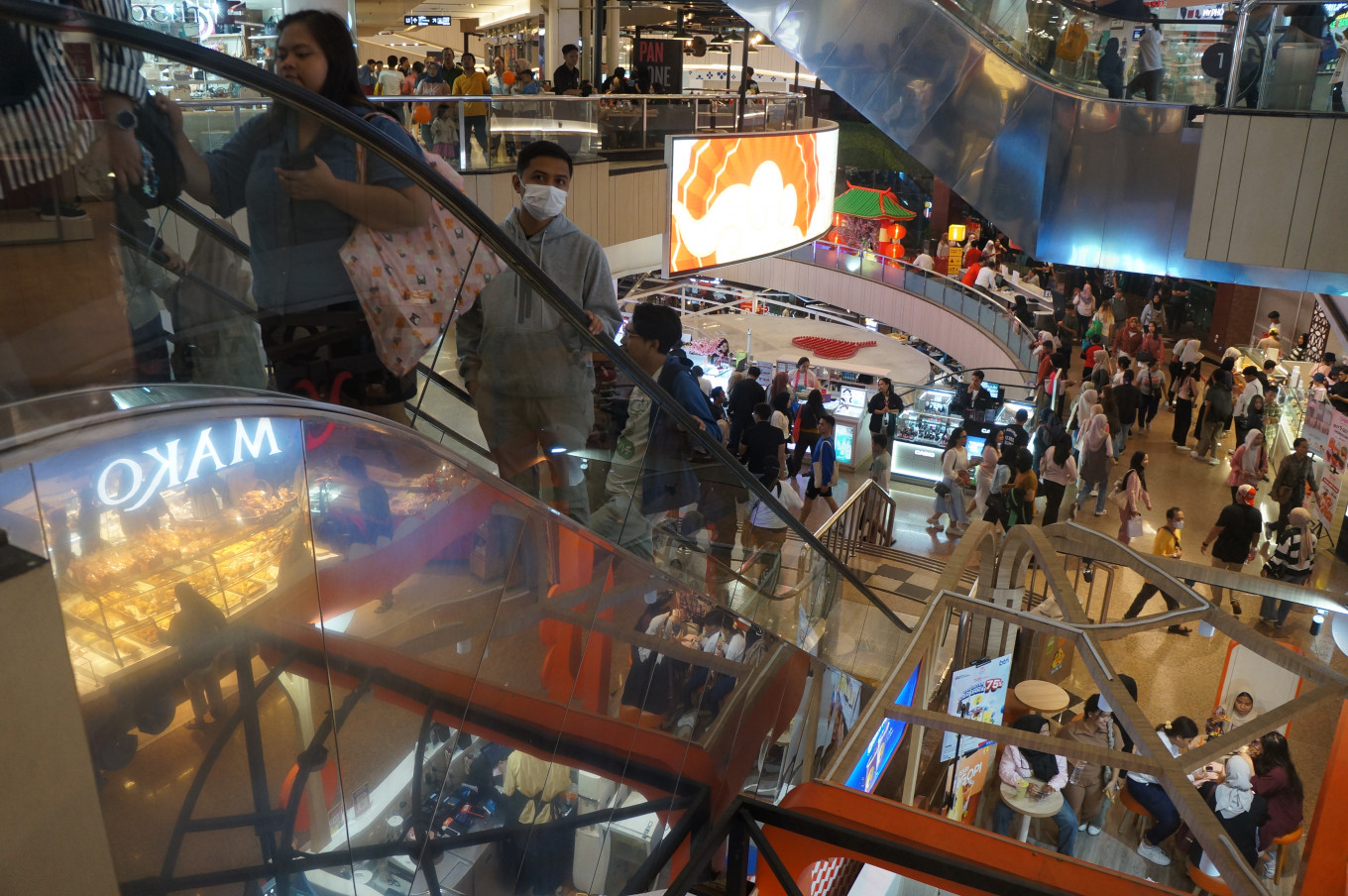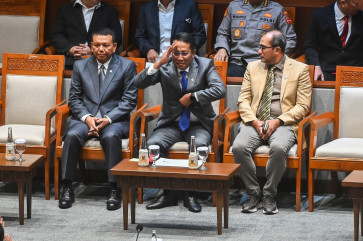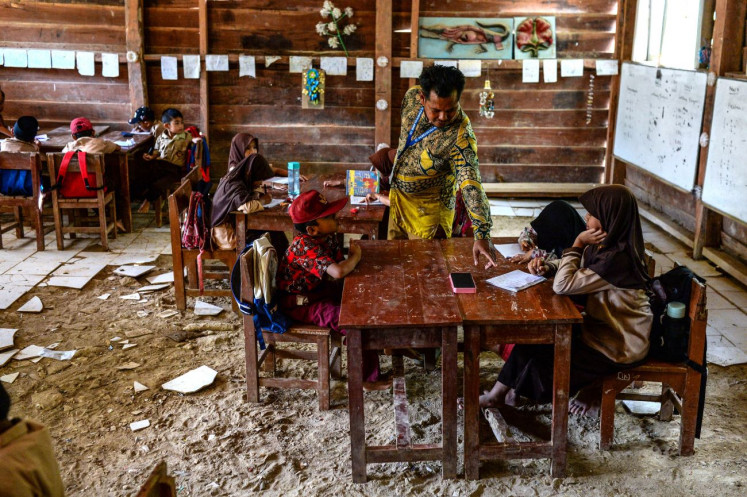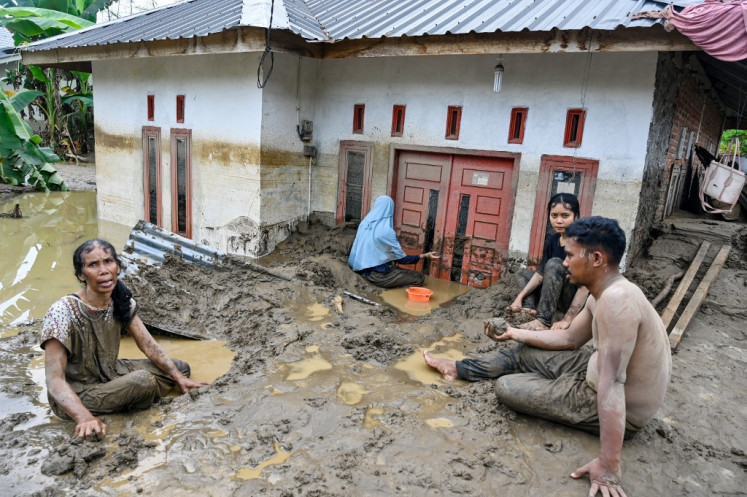Popular Reads
Top Results
Can't find what you're looking for?
View all search resultsPopular Reads
Top Results
Can't find what you're looking for?
View all search resultsIndonesian banking credit prospects amid economic slowdown
Weak purchasing power, a declining middle class, widespread layoffs and falling consumer expectations have led to a decrease in the demand for goods.
Change text size
Gift Premium Articles
to Anyone
B
ank credit disbursement during the first three months of this year seemed rather weak. Bank Indonesia reported that credit growth in the first quarter of 2025 reached only 9.16 percent year on year (yoy), lower than the 12.4 percent growth in the same period last year and also lower than the 10.39 percent growth in the fourth quarter of 2024 (yoy).
In the first quarter of 2024, working capital loans grew by 12.30 percent (yoy) and credits for the wholesale and retail trade sector increased by only 2.38 percent (yoy), falling from the 12.18 percent growth in the first quarter of 2025 (yoy).
At the same time, Indonesia's economic growth also began to show signs of slowing down. Statistics Indonesia (BPS) officially reported that the gross domestic product (GDP) in the first quarter of 2025 grew only by 4.87 percent (yoy), lower than the growth of 5.02 percent in the fourth quarter of 2024 (yoy) and 5.11 percent in the first quarter of 2024 (yoy). The contribution to GDP growth primarily came from the private consumption, which grew by 4.89 percent, while the government spending decreased by 1.38 percent.
Meanwhile, many experts predict that economic growth until December 2025 will be below 5 percent. Even international institutions such as the International Monetary Fund (IMF) and the World Bank have collectively downgraded Indonesia's economic growth to 4.7 percent in 2025. The impact of another potential round of trade conflict between the United States and China remains a major contributing factor.
The low economic growth projection signals that credit growth will also slow compared to last year. Essentially, bank credit follows economic growth. A sluggish economy weakens credit demand, and banks are becoming increasingly cautious in providing credit to businesses. The same applies in reverse.
So far, the sluggish distribution of credit currently seems to be more influenced by the demand side rather than the supply side. Weak purchasing power, a declining middle class, widespread layoffs and falling consumer expectations have led to a decrease in demand for goods. This situation has also prompted producers to reduce their production. Ultimately, the demand for credit has also decreased.
The increase in undisbursed loans confirms this condition. Based on banking data from March 2025, the loans that have been approved but not disbursed to debtors reached Rp2,387.72 trillion (US$ 46.55 billion), 29.77 percent of total credit or an increase of 13.36 percent (yoy) compared to the first quarter of 2024. The significant amount of unused credit indicates economic uncertainty, causing the business sector to hold back on expansion and investment.



















